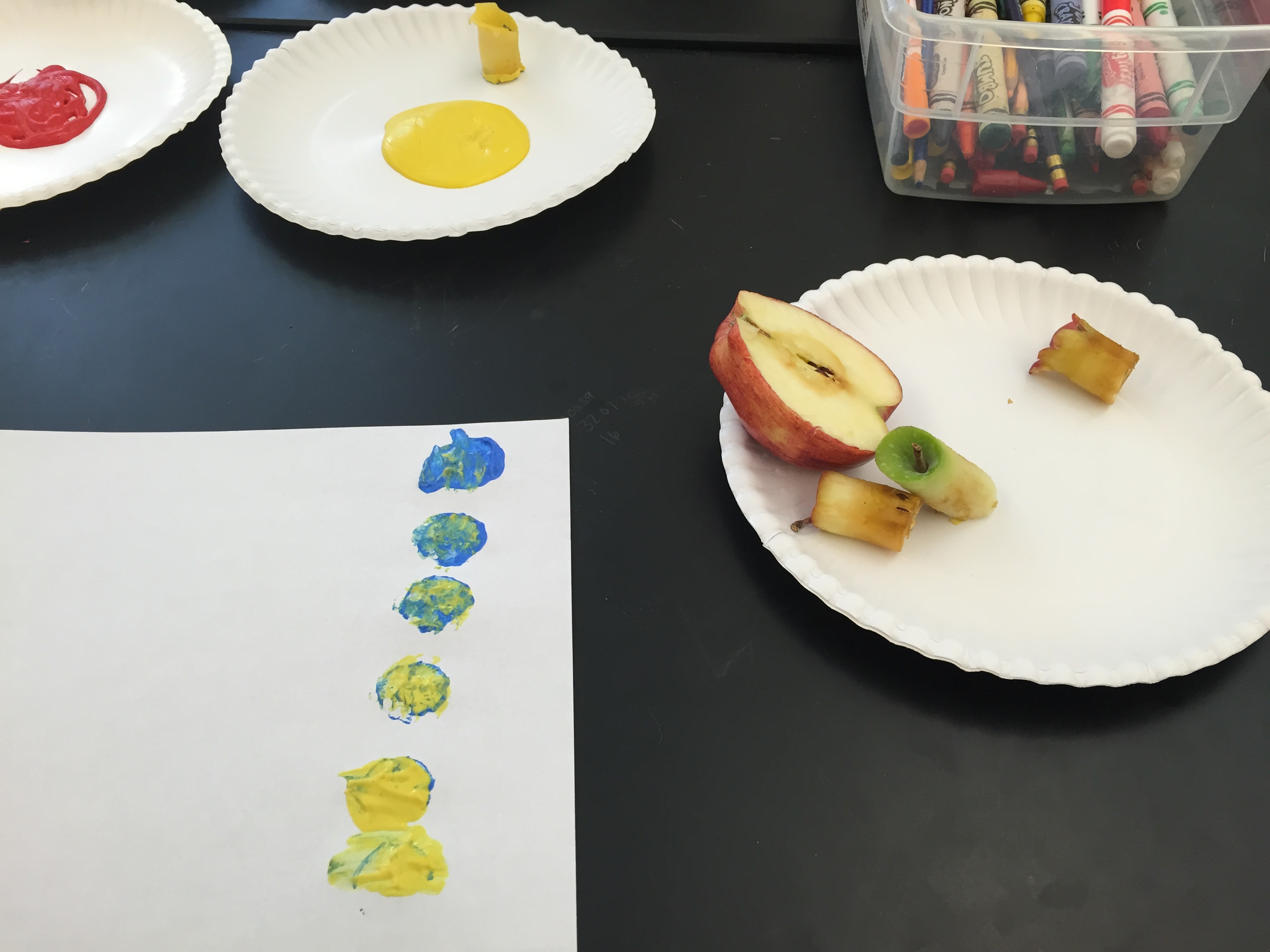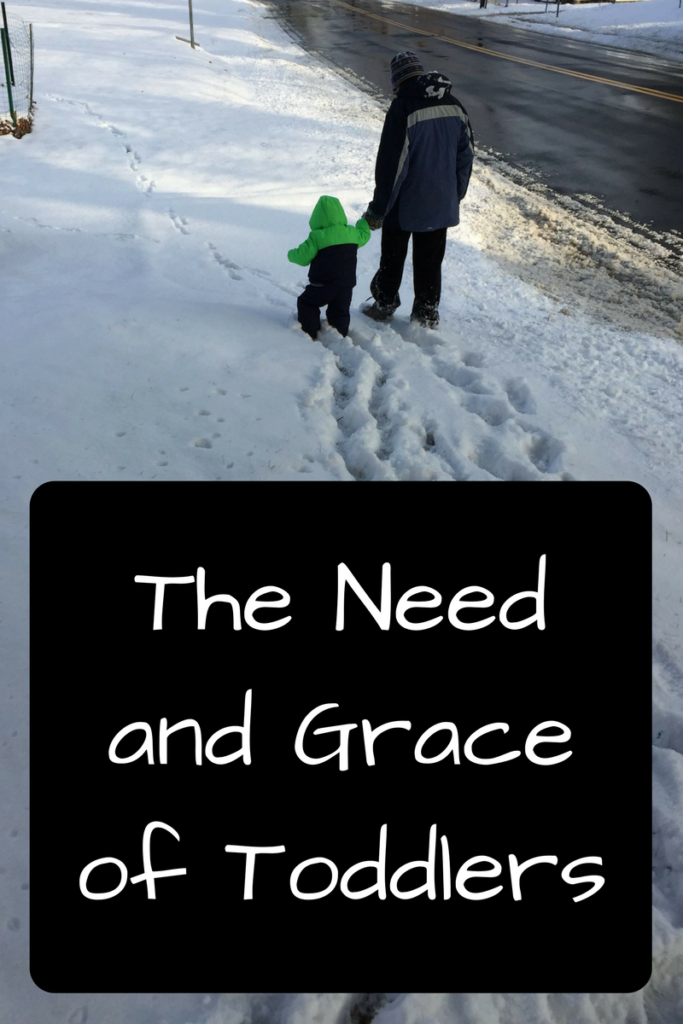The ocean and its creatures are inherently weird. The act of living in water is so exotic that just considering it captures our imagination. I think that’s why so many kids want to grow up to be marine biologists, myself included. Visiting the aquarium is a peek into a world most of us will never be able to experience, a world about as accessible as the moon. Our trip last weekend to the National Aquarium in Baltimore illustrated that my fascination with the mysteries of the deep runs in the family.
We visited the Aquarium last year around the same time, but Sprout’s enjoyment of it then was limited to liking bright, colorful objects that moved. We hauled him around in the baby carrier and our arms, sapping our strength and limiting his view. While he was just starting to stand, he was still far from walking.
This year’s visit illustrated how very much he’s grown up. He did the entire trip this time on his own power, except the times we needed to lift him up to look in windows. My parents were with us and when my mom checked her Fitbit, she found we walked over a mile. That’s a hell of a lot of steps for a 20 month old! He also had far more comprehension of what he was seeing. These days, he’s regularly identifying all sorts of animals, from birds to bears. When reading his books, from Baby Beluga to Penguin in Love, we’ve learned about fish, puffins, dolphins, whales, and crabs. So the residents of the aquarium were far more than just pretty shapes for him.
We started in Australia’s swamps, moved on to the Great Barrier Reef, hit the bays of America, explored the Amazon rainforest, visited the shark tank and big reef tank and ended with the dolphins.
Of all of the animals, I think the turtles and sharks were his favorite. He stood at the turtle tank in Australia for quite a long time, following them back and forth with his head as they swam in circles. He just stared saying “turtle,” so I think he’s fond of them in general. The sharks certainly held his attention, although I think they frightened him a little. He knew a wall separated them, but still shuddered the few times they glided past him next to the glass. Oddly enough, he also liked the electric eel. I suspect it looked and moved unlike anything he had ever seen. While the giant reef tank impressed him just as much as last time with its endless array of fish and sharks, the dolphins couldn’t sustain his attention. I suspect a combination of tiredness and the dullness of their tank rendered them less engaging than I expected.
Sprout also had great enthusiasm for the non-animal, mechanical elements of the aquarium. Several times he ran up to the many escalators and people-movers that criss-cross the building. When we got off them, we had to rapidly redirect his attention so we wouldn’t descend into Whine-O-Rama.
While I spent most of my time watching Sprout, some of the other children offered substantial entertainment value as well. A little boy in the Australia exhibit, barely through the door, started rolling up his pants to splash in a puddle. His grandmother sighed and shook her head while the aquarium docent helpfully commented that it is meant to be a multi-sensory exhibit. In a room with tall columns filled with bubbling water, we heard one concerned parent plead, “Don’t lick the bubbles.”
We would have thought Sprout worked up an appetite with all of that walking, but it was a Picky Eating Day. Upon a co-workers’ recommendation, we decided to check out Family Meal by Brian Voltaggio. While I thought his fancy, small plates restaurant Range was overpriced and overhyped, I wanted to see how he addressed the complete opposite end of the spectrum. To almost everyone’s enjoyment, it was excellent. The food was reasonably priced – pricier than an Applebees or Friendly’s, but no more expensive than our Silver Diner nearby – and absolutely delicious. The only one who didn’t appreciate it was Sprout. Instead, he used his fries and grilled cheese sandwich for the exclusive purpose of acting as a vehicle for ketchup. When one fry broke off in his mouth after multiple dippings, he pulled it out of his mouth and handed it to my dad. Thanks, sweetheart.







